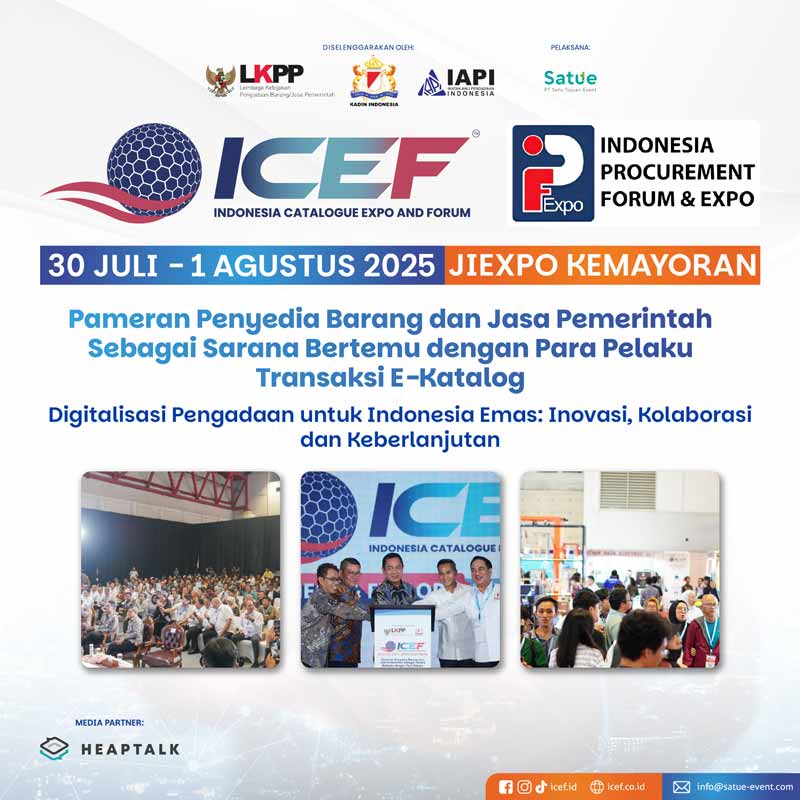The Bali Purnati Foundation, with the support of the Indonesian Ministry of Education and Culture, launched a cultural program with the theme “Jiwa Gambuh” in order to develop a sustainable arts and culture program. This program is an implementation of Law No. 5 of 2017 on Cultural Advancement.
Heaptalk, Jakarta — The Bali Purnati Foundation and the Batuan Village Government collaborate to carry out a long-term Cultural Movement Program, namely the “Jiwa Gambuh” culture — the Jiwa means the soul. This program has already been underway in Batuan Village, Bali, with a series of research and documentation activities to identify the potential of art and culture in the village.
This activity is based on the mandate contained in the Cultural Law, specifically the Guidance, Protection, Development, and Utilization of Cultural Advancement Objects and Heritage Culture. Gambuh dance drama is an option to study as one of the art practices in Bali because classical dance dramas are the source of many dances, music, and theater in Bali.
The initial meet-and-greet activity has been running since April 2021, with stay-in-touch and research to various Gambuh Sekaa in Batuan, and research activities will continue until September 2021. Over the course of five months, documentation of five Sekaa Gambuh in Batuan village was completed: Seka Sunari Wakya, Seka Mayasari, Seka Satriya Lelana, Seka Tri Pusaka Cakti, and Seka Kakul Mas.
The five Sekaa performed Gambuh at several locations in the area, including the Bali Purnati Foundation, and one Sekaa performed at the Puseh Batuan Temple at night under the full moon. Every performance, as well as detailed documentation of costumes, musical instruments, and the process of practicing in each Sekaa, is documented. The event showcasing will take place from September 17, 18, and 19, 2021, and will culminate on September 21, 2021, with a full moon kapat at Puseh Batuan Temple.
All activities are carried out in accordance with strict health protocols, which include ensuring that all parties involved have been vaccinated, wearing masks, keeping a safe distance, and washing your hands. Furthermore, an antigen swab was performed on all parties involved. This procedure can be used to guide program implementation in Batuan and Bali Purnati.
The Jiwa Gambuh activities series will continue with a painting exhibition Batuan style with the theme “Jiwa Gambuh,” in which 13 adult painters and 8 Batuan children’s painters participated. They are then given the freedom to imagine about the Gambuh, which are then poured over the appropriate painting media.
The Bali Purnati Foundation will host a painting exhibition from October 3 to 10, 2021. During the exhibition, on October 3 and 10, a painting workshop in the Batuan style will be held by children from the Batuan Village Children’s Painting Studio. The closing of Jiwa Gambuh activities in 2021 will also hold a discussion forum with the theme “Jiwa Gambuh: yesterday, today, and tomorrow.”
This also inviting various notable speakers on their expertise including I Wayan Budiarsa, who will discuss “Panji Citra Kara Vibration of Rocks and Rocks,” and Made Suarti Laksmi, who will bring the topic about “Gambuh Musical Standards: Influence” and development.” I Wayan Diana Putra and three discussion lighters, Jean Couteau, Andar Manik, and I Wayan Westra, will moderate this discussion forum. On October 9th, an offline and online discussion forum will be held at the Bali Foundation Purnati.
Why Gambuh
The Bali Purnati Foundation is an independent arts and culture forum and movement that has been operating in Batuan Village since 2000. More than 150 national and international collaborations based on Indonesian culture have been established by the Foundation Bali Purnati. The Bali Purnati Foundation’s movement aims to inspire and serve as a hub for exchange, collaboration, and understanding between people, traditions, and cultures.
The Bali Purnati Foundation has its own reasons for promoting Gambuh among the many arts in Bali. The Bali Purnati Foundation is located in the Gianyar Regency of Bali, in the village of Rocks. Since 21 years, this location has been the starting point for those with good intentions to establish an arts center that will have an impact on Indonesian arts and culture. Rocks have a long history, as evidenced by the 1000-year-old Baturan Inscription.
The Batur inscription describes human civilization, human life, culture, arts, rituals, and much more. As a result, Gambuh, as we know it today, is the origin or mother of many dance, music, and theater forms in Bali. Gambuh is known to have traveled a long distance from Majapahit to reach the island of Bali. Gambuh contains history written in lontar, kidung, ritual, belief, dance, music, theater, and many other languages. This is a treasure, an heirloom for the next generation.
Getting closer to Gambuh
Gambuh is described as a classical dance-drama that already has a clear, complete, and certain format. This is a format that is not available for all types of dances. Gambuh is a remnant of Bali’s past and present civilizations. As a result, Gambuh must be raised, developed, and preserved. Because Gambuh is the birthplace of Bali’s dance, music, and theater.
It is more than just art; Jiwa Gambuhs a cultural movement that reveals, records, discusses, and presents a new form of expression about the practice of art and culture in Batuan, Bali. The hope of this cultural movement is that it will be able to become a model of culture management and creative economy for villages throughout the archipelago with diverse cultures. Furthermore, the Gambuh Soul program is a part of action research and testing to support the National Economic Recovery. Gambuh Soul is a technique. Cultural Arts activities at the village level, Administrative Village, and Traditional Village, demonstrate this.














